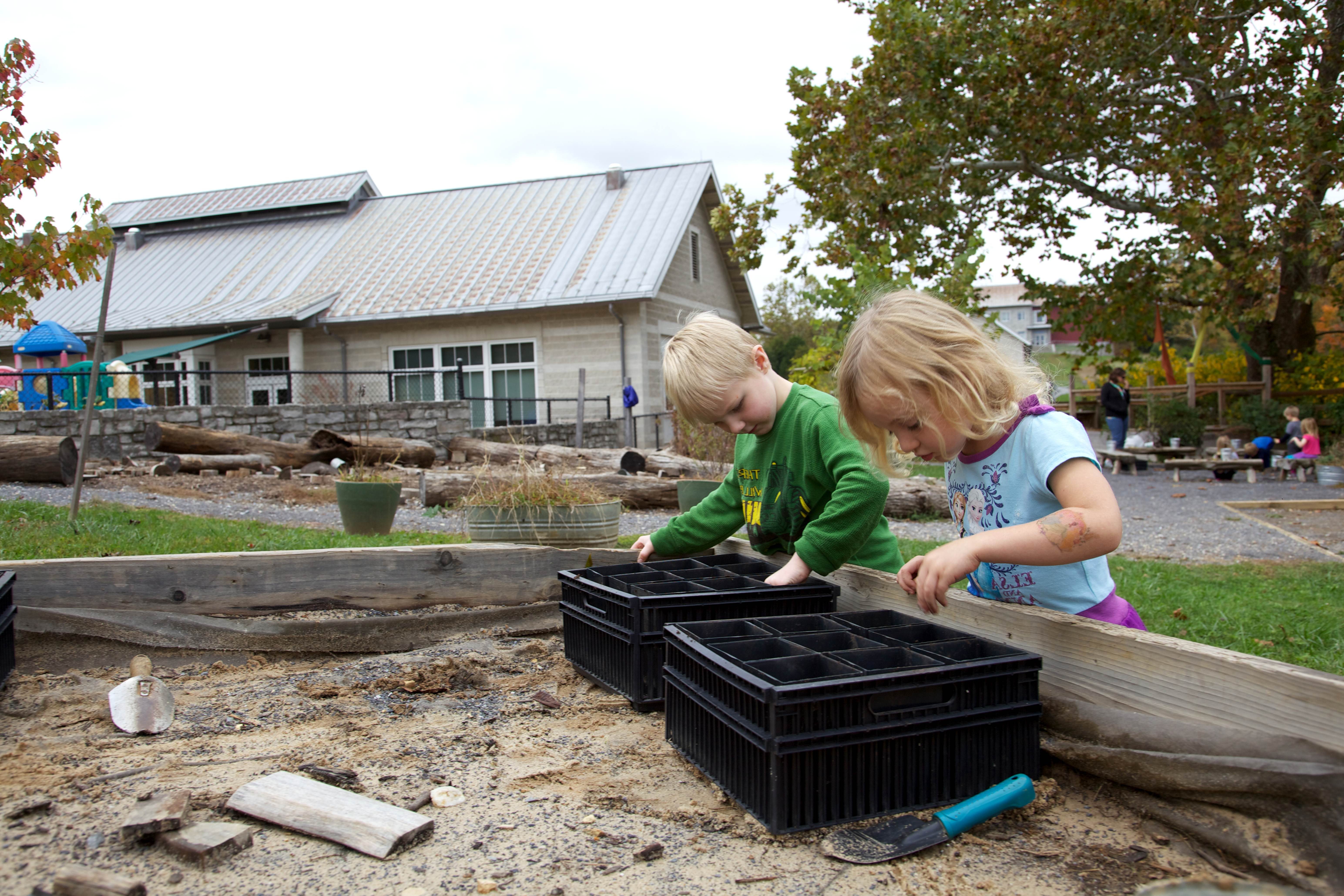Sensational Sensory Gardens, A Guide for Kids

Creating a Sensory Garden for Children: A Guide for Kids
Sensational Sensory Gardens: An Introduction
Ever wondered what a garden that tickles your senses looks like? A sensory garden is just that! It's a magical outdoor space designed to stimulate your senses, and it's even more fun when you're a child. Let's dive into the world of sensory stimulation and child development.
Why Sensory Gardens Matter for Child Development
Sensory gardens provide a unique learning environment for children. They encourage exploration, stimulate imagination, and promote physical activity. Plus, they're a great way to introduce kids to the wonders of nature.
The Power of Sensory Stimulation
Sensory stimulation is crucial for a child's development. It helps in brain development, enhances memory, and improves focus and attention. A sensory garden offers a rich sensory experience, engaging all five senses: sight, touch, smell, taste, and sound.
Designing Your Sensory Garden: Where to Start
Start by mapping out your garden. Consider the space you have and what sensory elements you can incorporate. Remember, the goal is to create an interactive landscape that children can explore.
Incorporating Textures for Tactile Fun
Textures are a great way to engage the sense of touch. Think about adding smooth pebbles, soft grass, or rough bark. You could even include a water feature for a cool, wet sensation.
Aromatic Plants: A Feast for the Nose
Plants with strong scents can stimulate a child's sense of smell. Consider lavender for its calming scent, or mint for its invigorating aroma. The Royal Horticultural Society has a great list of scented plants for gardens.
Edible Plants: A Tasty Adventure
Incorporating edible plants into your garden can make learning about nature even more fun. Strawberries, raspberries, and herbs are all great options. Just remember to ensure they're safe for children to eat.
Sounds of Nature: Musical Landscape
Adding elements that produce sound can make your garden come alive. Wind chimes, rustling leaves, and the sound of running water can all contribute to a symphony of nature.
Garden Activities: Making Learning Fun
A sensory garden is not just about looking and touching. It's about doing. Incorporate activities like bug hunting, leaf rubbing, or bird watching to keep kids engaged.
Safety First: Creating a Secure Environment
While creating a sensory garden, it's important to keep safety in mind. Ensure all plants are non-toxic, and that the garden is secure to prevent children from wandering off.
Maintaining Your Sensory Garden
Regular maintenance is key to keeping your sensory garden thriving. Involve your children in this process to teach them about responsibility and the life cycle of plants.
Conclusion
Creating a sensory garden for children is a rewarding project that offers numerous benefits for their development. It's a space where they can learn, play, and grow, all while engaging their senses. So, why wait? Start planning your sensory garden today!
FAQs
- What are the benefits of a sensory garden for children?
- How can I make my sensory garden safe for children?
- What plants are good for a sensory garden?
- How can I incorporate activities into my sensory garden?
- How often should I maintain my sensory garden?
0 Response to " Sensational Sensory Gardens, A Guide for Kids"
Post a Comment